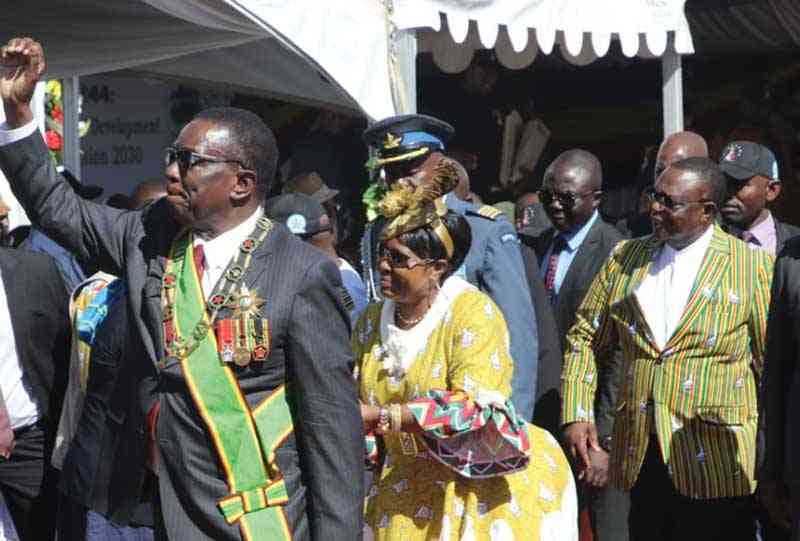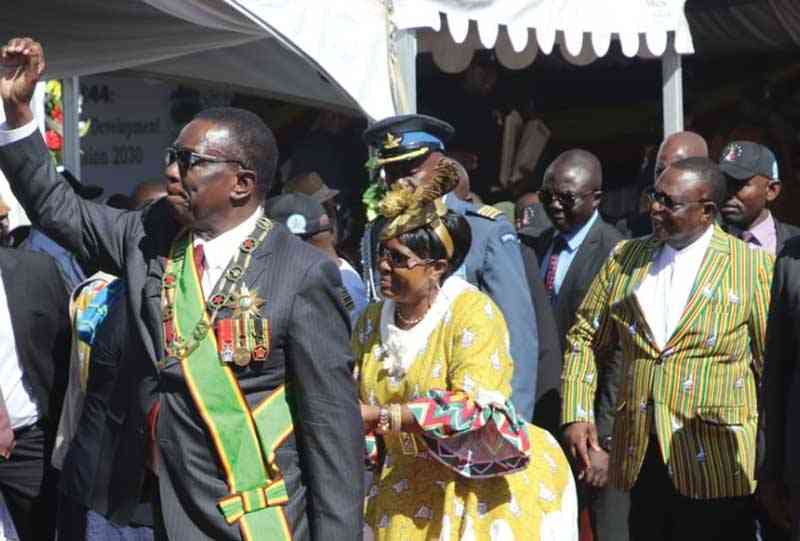
EVENTS of the past week just demonstrated how dirty our politics can be. It is brutal, unforgiving, immoral and lacks seriousness on matters of importance. From the bin-opening ceremony, to the Zimbabwe Electoral Commission (Zec) chairperson Priscilla Chigumba’s scarf to the events at the White City Stadium in Bulawayo. I will leave other writers to muse on these and others.
Tapiwa Gomo
In this instalment, I discuss the Malaysian story – a country with one of the best economic records in Asia, whose economy was fuelled by its natural resources. It is also one of the few developing countries to heavily subsidise education and healthcare. Malaysian healthcare services have been described as among the best in the world and a model to other developing countries.
Malaysia has been viewed as one of the non-Western success stories in terms of transitioning to modern economic growth and human development over the past six decades. It has been praised as a role model for other developing countries, mainly African, to emulate. In those six decades, Malaysia has become an upper middle income country.
How did Malaysia do it and what lessons can African countries such as Zimbabwe draw from that experience? The first lesson is that their success story was not an accident or a miracle, but an outcome of long-term and strategic vision. They went through a similar path like most African countries. Malaysia was once under British rule before attaining independence in the 1960s.
Since the late 19th century, Malaysia was a supplier of primary products to the industrialised countries. It survived on the sale of its natural resources for survival.
Before World War Two, Malaysia had very little secondary industries, most of which were linked to the processing of the primary exports and production of goods for domestic market. Much of this was foreign-owned by the Chinese, but located in neighbouring countries such as Singapore where they were better wages and markets. Malaysia was a country deprived both by history and circumstances.
After realising that depending on neighbouring countries for secondary processing of their raw materials and the export of primary products was never going to be a feasible approach to economic growth, the government started transitioning largely the mining and agricultural-based economy towards a more multi-sector economy in the 1970s. Since the 1980s, the industrial sector, with a high level of investment, has fuelled the country’s growth.
- Chamisa under fire over US$120K donation
- Mavhunga puts DeMbare into Chibuku quarterfinals
- Pension funds bet on Cabora Bassa oilfields
- Councils defy govt fire tender directive
Keep Reading
Their approach to economic growth was not limited to strengthening beneficiation from their natural resources and primary products, but identifying emerging local and regional opportunities. Domestically, they focused on investing in world-class infrastructure plus sound macro-economic policies, while proactively plugged into the regional production networks. Their domestic policies helped Malaysia to benefit from being part of the regional “flying geese pattern” whereby Asian countries developed their local industries consistent with their comparative advantage and their endowment structure. That helped them to be part of the economic ecosystem of the Asian region.
The flying geese paradigm postulated that developing nations can catch up with the developed as a part of a regional hierarchy where the production of goods and services is continuously passed from the more advanced countries to less advanced ones. In the case of Zimbabwe, for instance, it would mean taking over the textile and clothing industry which South Africa’s multi-national corporates have outsourced from China. It also means that other countries in the region need to have their comparative advantages aligned successively behind one of the advanced industrial nations in the order of their different stages of growth in a wild-geese-flying pattern.
In the case of Malaysia, the lead goose was Japan with South Korea, Taiwan, Singapore and Hong Kong forming the second-tier. Malaysia and others formed the third-tier. As the comparative advantages of Japan forced them to move away from labour-intensive production to more capital-intensive activities, they passed their functions to the second and third-tier countries according to their alignment in the regional hierarchy. As these processes occurred organically, developing countries move up the production value chain or industrial ladder towards high value-added activities. The transfer and redistribution of labour-intensive and low value-added manufacturing industries also created economic growth opportunities for developing countries, enabling them to be more competitive with the lead goose.
This model which essentially entails a regional division of labour based on a dynamic comparative advantage of each country, has continued to be the driving force behind the success story of the broader East Asian growth and economic transformation story. While the geese paradigm may sound new, the concept itself is not new in Africa. Rwanda is already working with China to take over their labour-intensive industries with the comparative advantage being their proximity to European markets and somehow cheap labour in Rwanda which in turn will create jobs for the Africans.
In addition, the Southern African Development Community (Sadc), was established with the same goal of partly sprucing up member States’ comparative advantages, forging of regional linkages to create genuine and equitable regional integration, to mobilise members’ resources and ensure concerted action to secure international co-operation within the framework of the strategy for economic liberation. As is always the case, the greed for power and politics took centre stage and the development agenda was lost.











